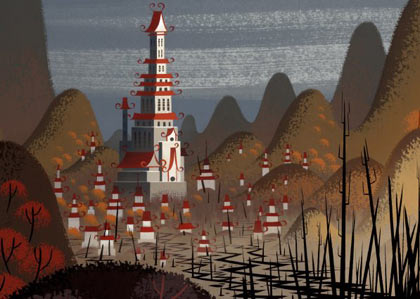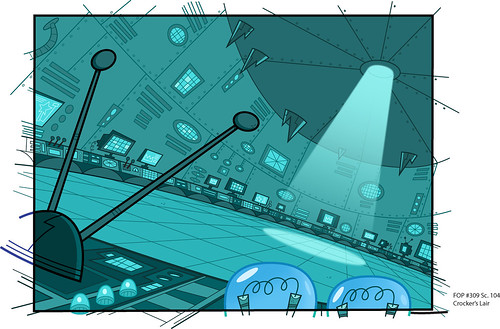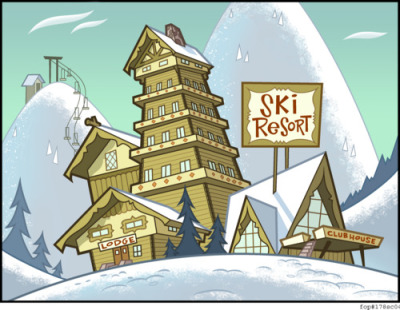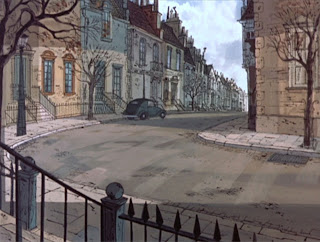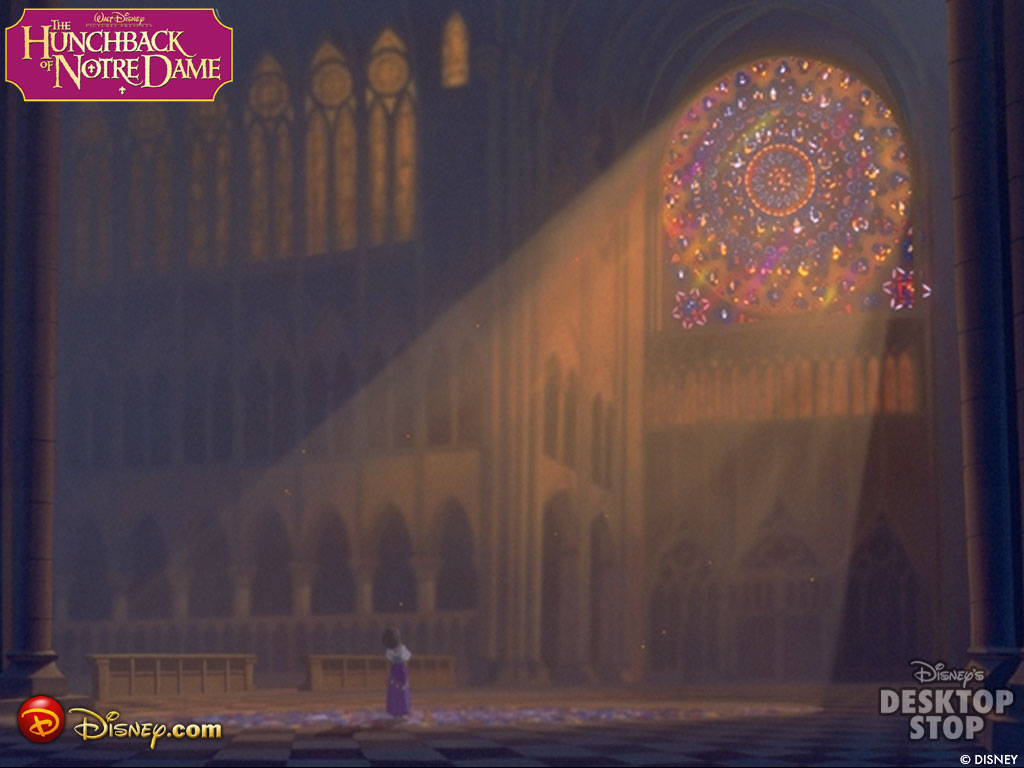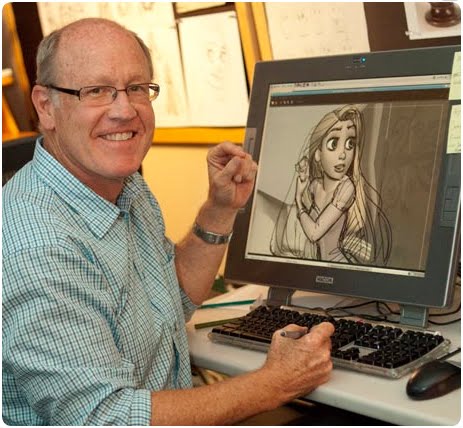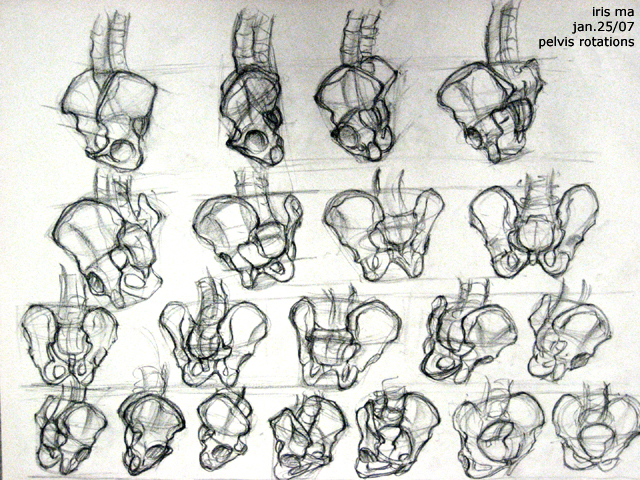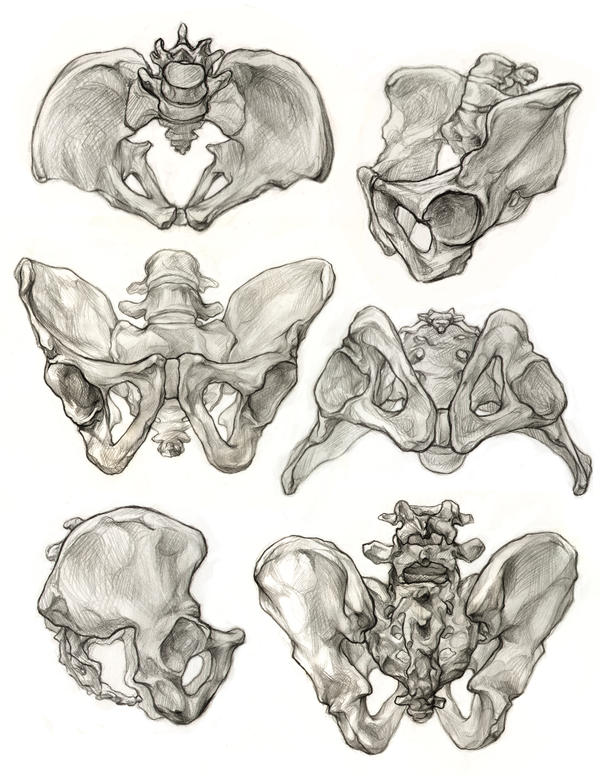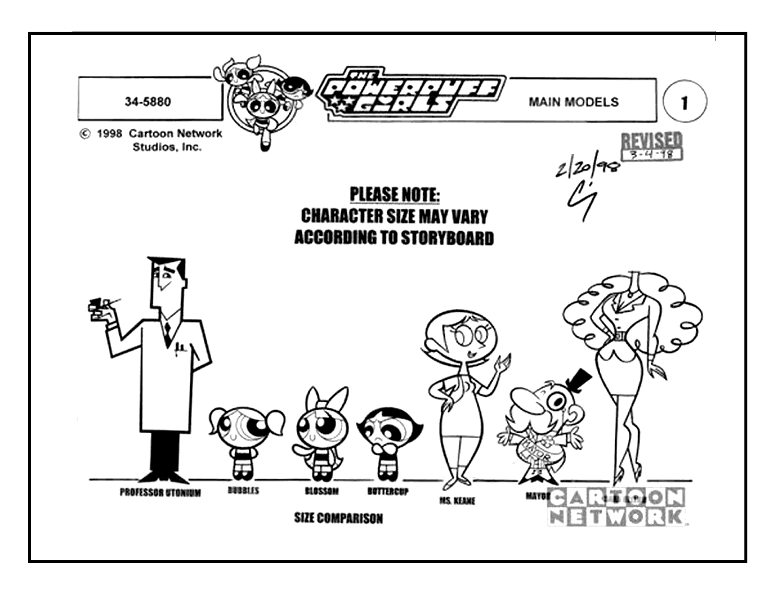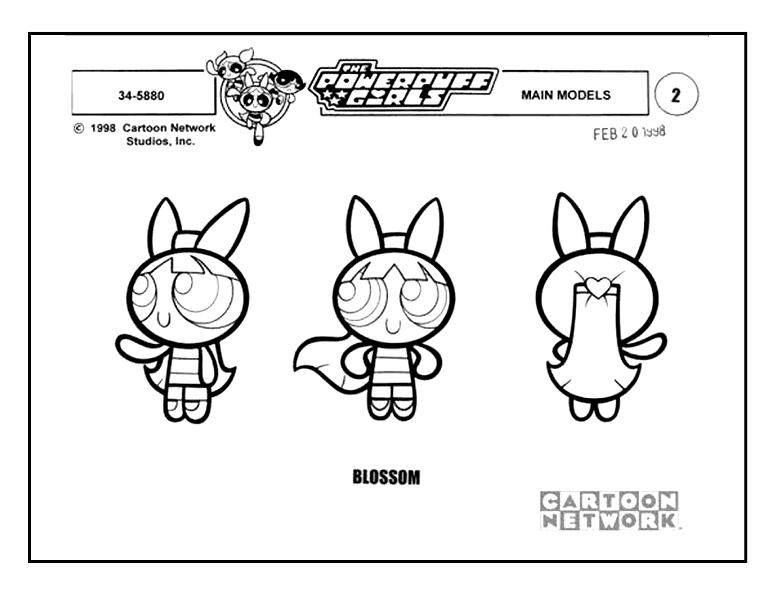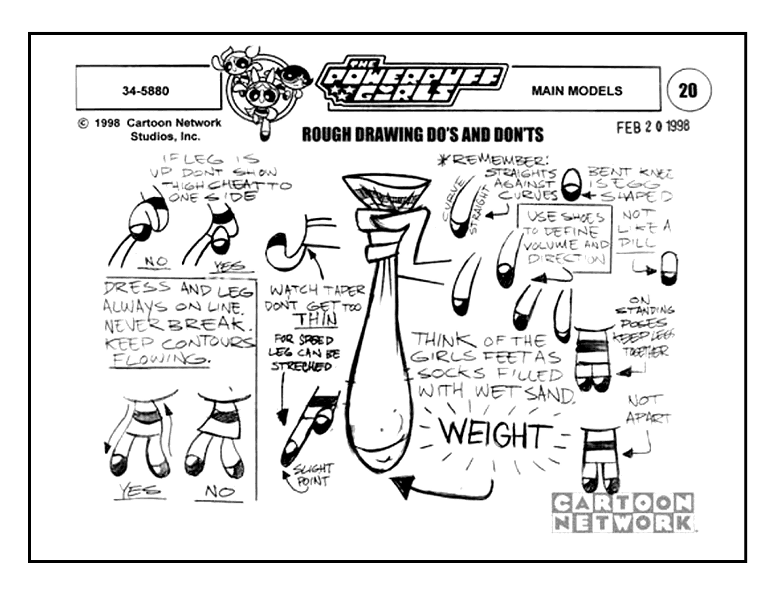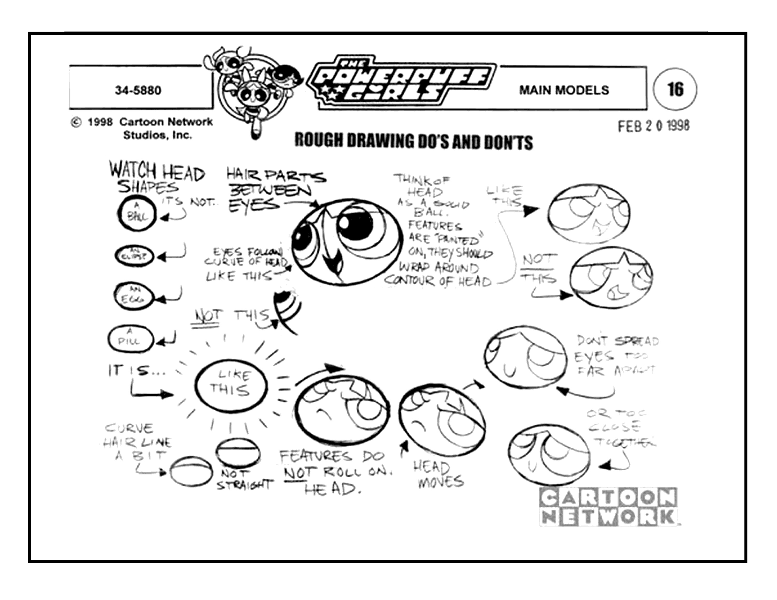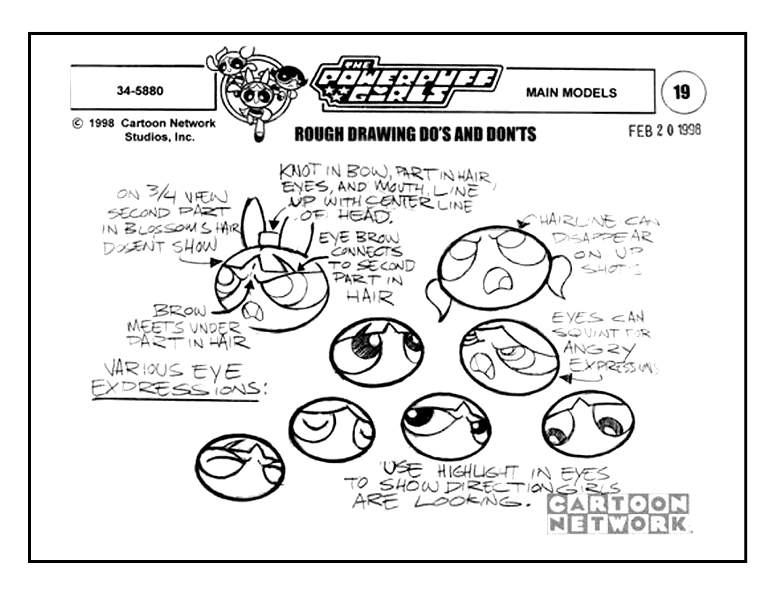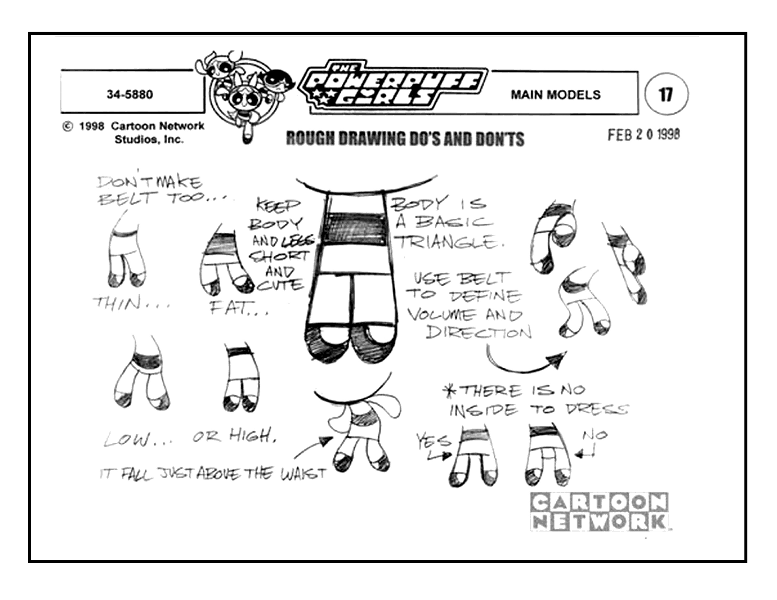This week in class we'll be reviewing the pelvis as well as introducing the shoulder girdle. It is important to understand the human shape and form. Combining your knowledge of anatomy and what you see (the model) to complete your drawings will make them more believable, accurate and make you a faster animator. I hope that you are starting to see changes in your drawings and your skill. Think about what lessons we have learned up to this point. Break it down into simple steps. You may only get to one or two steps on shorter poses. Maybe you'll go through all the elements on longer poses. Learn to draw with focus on breaking the big task down into small steps.
Line of Action: An imaginary line extending through the main action of the figure. Plan your figure and it's details to accentuate this line. By doing this you strengthen the dramatic effect. The first thing to draw when constructing a figure is the line of action- then build over it. [source]
Flow or Stick Figure: Using the natural rhythms of the human form to describe the push and pull.
Balance: Hips and Shoulders moving like an accordion.
Proportion: Take a moment to look at the drawing as a whole. Apply what you know is true based on proportions of the human form:
Figure = 7.5 or 8 heads high
pubic bone = 1/2 way point
hands = 1 head
When the arms are at the side, the wrist bone aligns with the groin area.
The elbow aligns with belly button
 |
| [source] Weight: Drop a plum line from base of neck or nose. Does this point line up with the grounded foot/feet? |
 |
| [source] |
 |
| [source] |
Line Quality: Effective use of soft and bold lines to create depth and weight. If you draw with the same pressure, the line will flatten out your drawing. Use stronger lines on the underside of your figure to help describe weight. Generally speaking, darker lines will come towards the viewer as lighter ones recede Be aware of the contrast in your line work.
Assignment #2 Shoulder Girdle Studies - due Nov 22nd
Please submit your drawings in 8.5 x 11 .jpg format and email to tblair007@gmail.com
 |
3 views of the scapula, front, profile and back.
|




